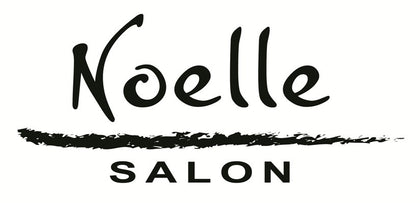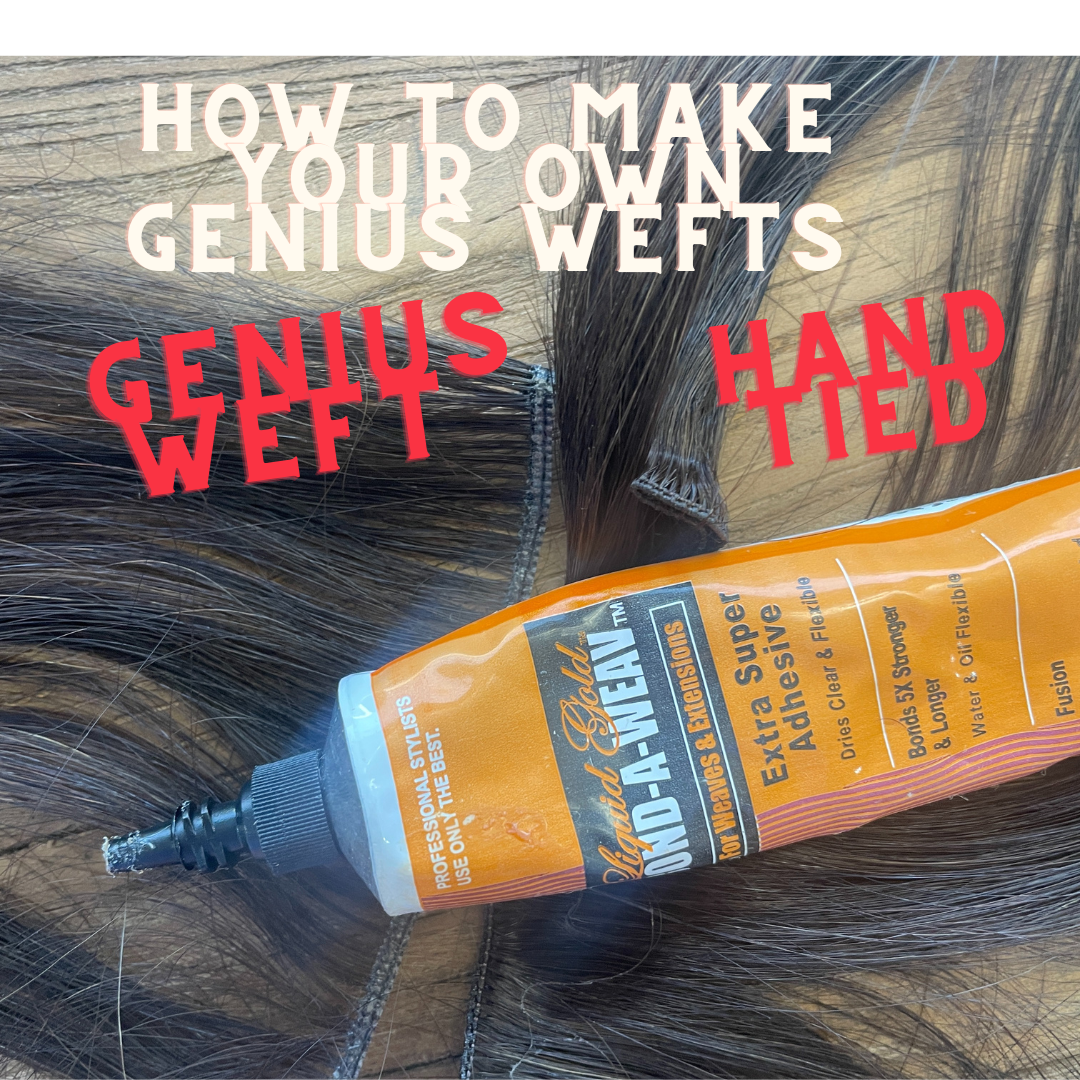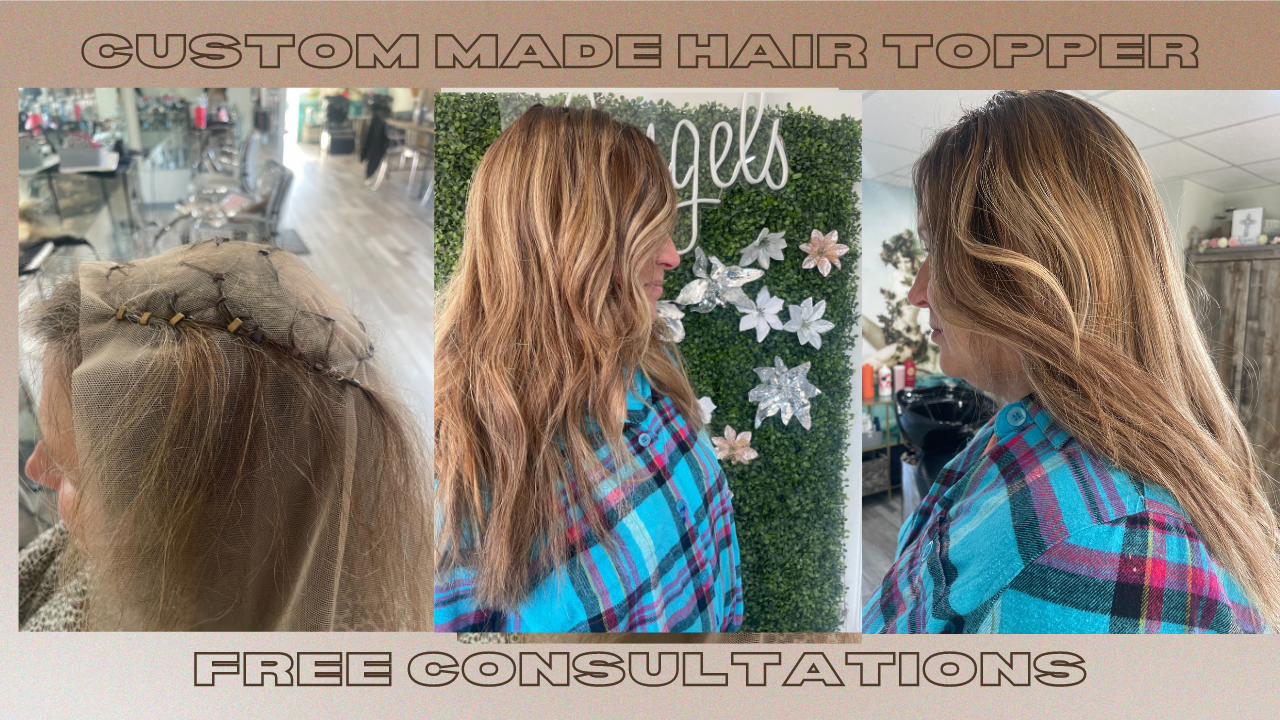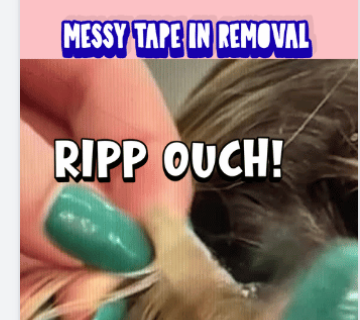How To Make Your Own Genius Wefts
·
What are weft hair extensions?
Weft hair extensions are hair extensions created by sewing hair onto a weft, a strip of fabric. These extensions can be easily applied to your natural hair using various methods to add length, volume, and style.
If you are a person or stylist like me that loves the latest and greatest hair extensions, you may have been told that the "new Genius Weft," known by many names, is the best option for a sew-in method. Genius wefts are thin like hand-tied wefts, but they can be cut without unraveling. Genius wefts are being pushed in the industry, at a price almost double machine sew wefts, and hand-tied.
I bought into the craze, and I purchased thousands of dollars worth of Genius Wefts. I felt they would be more durable and last longer in my clients' hair, as well as make the application easier since they can be cut and customized.
I then took a look at our inventory, and I discovered I had a ton of beautiful hand-tied wefts sitting around. After carefully examining the construction of the Genius weft, I decided I could create my own with my leftover hand-tied hair. The technique can also be used for clients that have old hand-tied hair.
1) take two hand-tied wefts, and place the top on paper towels.
2) Just below the weft (track), place a weight. I use a large metal ruler.
3) Use a hair glue, I recommend Bond-A-Weave, and carefully apply a thin line of glue in between the wefts and at the top of the weft.
4) Allow the glue to dry for 4 hours.
You have now created your own durable "Genius weft," that can be cut and already stacked for application. For strong hair, you can stack up to three to 4 wefts following the same process.
Veila Hair Extensions has now introduced the new "Flex Weft," which is machine sewn, with no glue, high density, and made of virgin hair! The flex weft has a pliable track, that molds easily to different head shapes, it can be cut in different areas, and will last up to one year with proper home care!
Do not throw away your old hand-tied hair extensions, you can also apply clips to them to create custom clip-in hair extensions. The clips are bendable combs, that affix to natural hair.
For those with thicker hair, the volume wefts offer three, high-density, rows of hair in one weft!
If you have any hair extensions tips, please feel free to comment below. We would love to share your advice.
Hair Extensions Background
At Noelle Salon, they evaluate your natural hair, and listen to the client's wishes on styling, color match, and look. They use human hair extensions like 100% Remy human hair, or Virgin Hair (unlike Bellami hair). Hair extensions can be used for short hair or 24 inches of a full head of hair, and they have worked with different methods like tape-in extensions, clip-in hair extensions, Keratin and enjoy using the Veila Pull-thru method with the Veila Hair Extensions for ease of hair care. Styling can vary from flat iron, natural curl, or curly hair. Whether you are looking for a change of style or look for a day such as a Clip-in ponytail, having a high-quality ponytail extension can mix it up for you. Your natural hair journey with your hair growth can be enhanced with Hair extensions when protective styling is applied, and regular maintenance is used. You can change your hair in one day - feel free to reach out and explore the possibilities.
What Exactly Is A Weft?
A hair weft is a meticulously constructed collection of hair strands that are sewn or woven onto a thin fabric strip. This unique design allows for a seamless integration into your natural hair, providing a fuller and longer look without the commitment of permanent extensions. Wefts can come in various styles, including machine-sewn and hand-tied options. The machine-sewn wefts are typically thicker and more durable, making them ideal for those who want a robust solution at the seam. In contrast, hand-tied wefts offer a lightweight and more natural appearance, as they can easily lay flat against the scalp. Regardless of the type, wefts are essential for achieving versatile hairstyles, whether you're looking to add volume, length, or even highlights to your current look.
The versatility of wefts is one of their most appealing features. They can be customized based on color, length, and different lengths of texture, allowing you to create a unique look tailored to your preferences. Ready-made wefts are widely available for purchase, but many choose to create their own, which can be a more cost-effective solution. By crafting your wefts, you can select the exact shade and length that complements your hair perfectly. This customization ensures that your extensions blend seamlessly, providing a natural and flawless finish.
Which Weft Hair Extensions Should You Use If You Have Thinning Natural Hair?
If you have thinning natural hair or thin hair, opting for hand-tied wefts is a wise choice. These wefts are lighter than their machine-sewn counterparts, meaning they place less stress on your delicate strands. Moreover, hand-tied wefts can be sewn in a manner that reduces tension, allowing for a more comfortable wear. Consider using tape-in extensions as well, as they can be applied without the need for braiding, further minimizing the potential for damage.
When selecting wefts, focus on the length of hair you desire. For those with thinning hair, shorter wefts can provide a more natural appearance while still adding volume. Layering these shorter wefts can create the illusion of fullness without overwhelming your natural hair. It's all about finding the right balance that enhances your look while maintaining hair health.
Medium To Thicker
For individuals with medium to thicker hair, machine-sewn wefts are typically the best option. These wefts tend to be denser and provide the volume needed to blend seamlessly with your natural hair. When using machine-sewn wefts, you can also choose between hand-tied and machine-sewn options based on your styling preferences.
Consider the method of attachment as well. Some techniques, like the use of silicone beads, can securely hold machine-sewn wefts in place without causing damage to your natural hair. Your stylist can help determine the right amount of weft based on your hair's thickness, ensuring that you achieve a balanced and voluminous look without sacrificing comfort.

Can you make clip-in extensions yourself?
Absolutely! Making clip-in extensions yourself is a fantastic way to achieve the desired volume and length without breaking the bank. This DIY approach allows you the freedom to customize your extensions to perfectly match your hair color and texture. To create your own clip-in extensions, you'll need high-quality hair wefts, some clips, and a few essential tools like scissors and a needle and thread. The process involves cutting the wefts to your desired size, sealing the edges to prevent shedding, and attaching the clips securely to the wefts. Once completed, you'll have unique clip-in extensions that complement your style effortlessly.
Not only is this a cost-effective choice, but it also gives you the opportunity to experiment with different lengths and colors. If you're feeling adventurous, you can mix and match colors for a more dynamic look. The versatility of clip-ins means you can easily add or remove them depending on the occasion, making them an excellent option for special events or daily wear.
How can you make clip-in extensions yourself?
To create your own clip-in extensions, start by gathering high-quality Remy human hair wefts in the desired length and color. Once you have your materials, cut the hair wefts to your preferred width. It's essential to seal the open ends of the wefts with a bit of glue to prevent any shedding. After securing the wefts, attach clips to them by sewing them onto the rubberized side for a secure fit, similar to a headband style. Ensure that you place clips on both sides and in the middle of each weft for optimal hold. This DIY project not only saves you money but also allows you to customize the extensions to your liking.
It's important to remember that the quality of the hair is crucial. Using high-quality Remy hair will ensure that your extensions look natural and blend seamlessly with your own hair. Plus, this type of hair can be styled just like your natural locks, allowing you to experiment with different looks easily.

What do you need to make homemade clip-in extensions?
To successfully make your own clip-in extensions, you will need the following items:
Item
Description
Remy Human Hair Wefts
Choose the right length and color to match your hair.
Replacement Clips
Ensure they are sturdy and easy to attach.
Scissors
For cutting the wefts to desired sizes.
Needle and Thread
For securely attaching the clips to the wefts.
Glue
To seal the ends of the wefts.
Having these materials on hand will make the process smooth and straightforward. Once you have everything ready, you can start cutting, sealing, and sewing to create your customized clip-in extensions that enhance your hairstyle beautifully.
Step One: Preparations
Before diving into the creation of your wefts, proper preparations are essential. Start by laying out large sheets of paper to create a clean workspace. This will protect your area from any glue spills or hair clippings. Gather all your materials, including the hair wefts, clips, scissors, and glue. Ensure your work area is well-lit and free from distractions, allowing you to focus on the intricate task ahead. Taking these preliminary steps will set a solid foundation for your project, ensuring that you can work efficiently and effectively.
Step Two: Sewing Hair to Tulle
Once your preparations are complete, it's time to start sewing the hair to tulle. Begin by setting your sewing machine to a straight stitch with a small stitch length for precision. Lay the tulle beneath the presser foot, along with your strand of hair. Spread the hair evenly to avoid clumping, ensuring that you maintain a neat appearance. As you sew, feed in more strands of hair until you reach the end of the tulle strip. This step requires patience to ensure that the hair is evenly distributed and secure, providing a strong weft for your extensions. After sewing, be sure to check for any loose strands and secure them as needed for a flawless finish.





1 comment
Hi,
Genius Weft is much more dense than Hand Tied extensions. And also somethimes handtied have little short hairs.